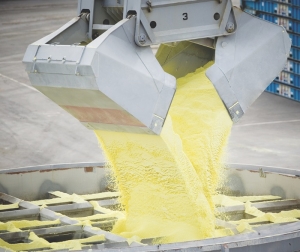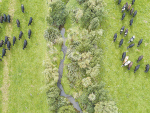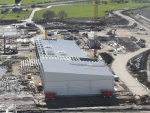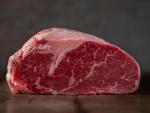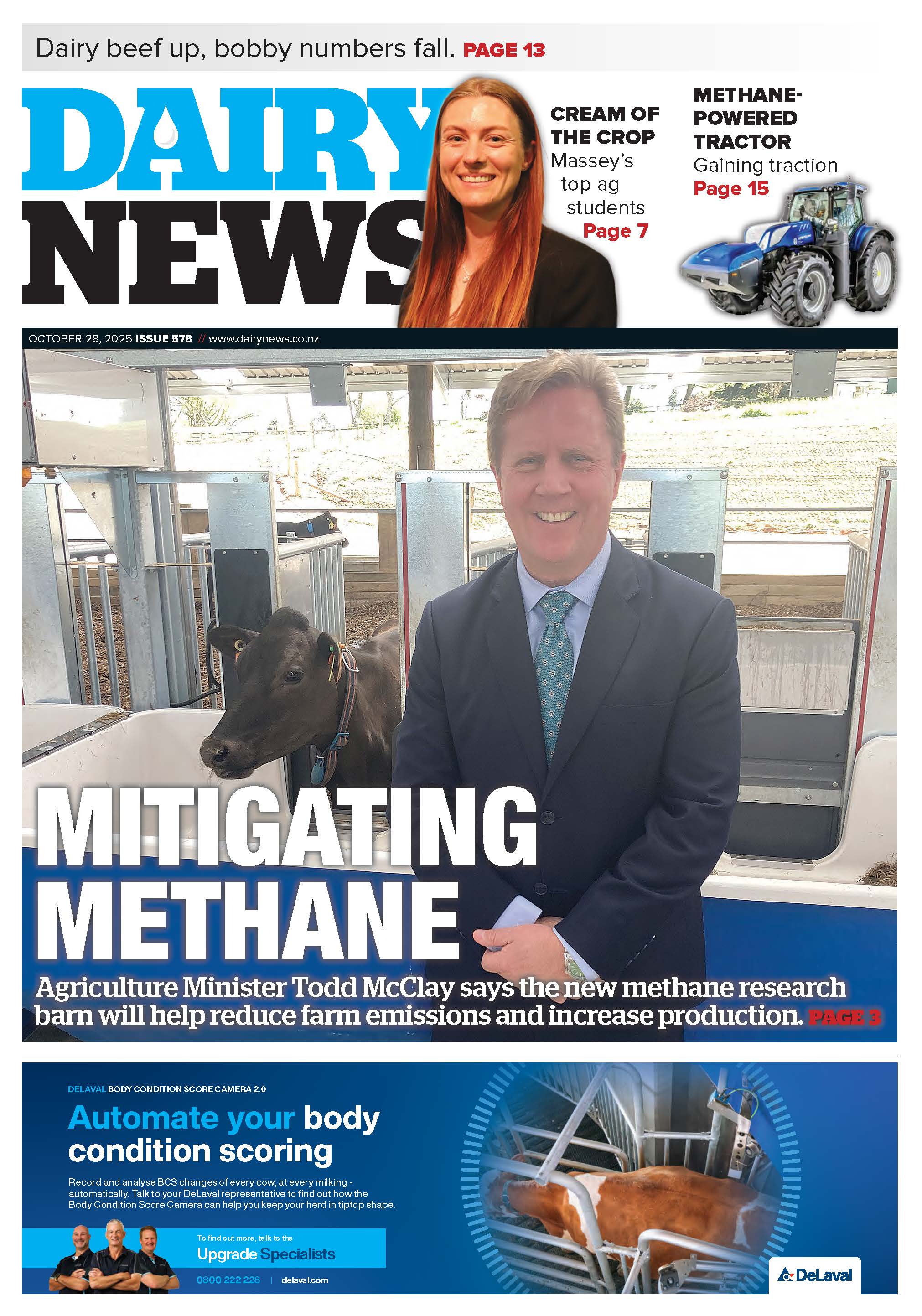PRICES FOR most fertilisers are down with the two main suppliers releasing new but as usual almost identical price lists.
Ballance Agrinutrients announced first, on May 31, cutting $10-$80/t off core nutrients in light of increased global supply, and “sluggish” world demand which has seen prices for most of the major nutrients weaken.
“While volatility is always a factor, the immediate outlook is for these prices to remain more favourable for buyers than sellers,” chief executive Larry Bilodeau says.
Increased production capacity for potash, urea and phosphate, due to come “on stream” over the next three years, is easing supply concerns.
“Morocco, for example, expects to produce eight million tonnes more phosphate, a 30% increase in their current production.”
New projects in China are also prompting speculation that tariffs protecting local farmers’ supply during periods of high demand may be abolished.
Weather is another factor, delayed spring planting in the United States and Argentina leading to reduced demand for nitrogen.
Bilodeau notes global phosphate prices remain below those a year ago, with demand slow in key import markets. However, India’s requirements may cause some demand spikes and drive higher prices.
Ravensdown says price changes on products like urea, DAP or ammonium sulphate reflect global trends of lower gas prices and subsequent development of new production facilities. Moves in the US towards self-sufficiency in shale gas could have major long-term implications.
“Just recently, plans for two large ammonia/ urea projects were also commissioned in the American Midwest which will see urea production of 3500 tonnes per day at each of them,” notes chief executive Greg Campbell.
“This is the first time since the 1990s that new nitrogen fertiliser plants are being built in North America. Many US plants that had been mothballed are being brought back to life.”
Tapping the huge shale gas reserves in the US has created a multibillion-dollar industry over the past decade and revolutionised the US ammonia market as it reduces reliance on imports from the Arabian Gulf, says Campbell.
However, the impact of this extra supply on world, and New Zealand, prices is complex and world demand for urea continues its steady rise, he adds.
“Ravensdown will continue to monitor international prices and we are determined to maintain our competitive pricing to bring farmers lowest-cost nutrients on a sustainable basis.”





